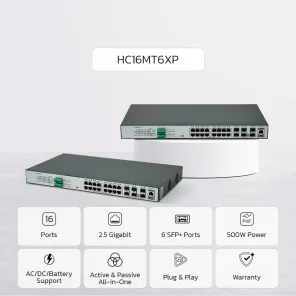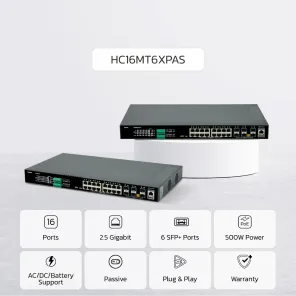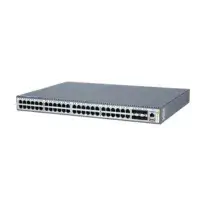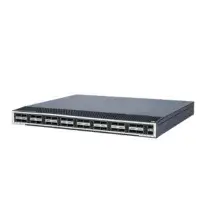In the Spotlight
-

NextWav 2.5G PoE Series - 16 Ports 2.5G & 6 SFP+ 10G Ports & 500W PoE Power HC16MT6XP UP Series
$1,299.00 $1,169.00 -

NextWav Lite 2.5G PoE Series – 8 Ports 2.5G & 2 SFP+ 10G Ports & 250W PoE Power HC8MT2XP UP Series
$520.00 -

NEW ! NextWav Passive 2.5G PoE Series - 16 ports 2.5G & 6 SFP+ 10G Ports & 500W PoE Power HC16MT6XPAS UP Series
$1,060.00 $999.00
Product Categories

PoE Switches
Pioneering 2.5G PoE technology for efficient power and seamless connectivity.

Ethernet Switches
Reliable, high-speed networking for versatile business needs.

Data Center Switches
Advanced performance for scalable, high-density data centers.

Optical Transceivers
Quality modules for fast and stable fiber-optic connections.

Global Shipping
Delivering solutions to your country through trusted courier partners.

Warranty
Reliable protection for your peace of mind.

Return & Refund
Hassle-free returns with a customer-first policy.

Certified Reviews
Trusted by professionals, proven by verified feedback.




